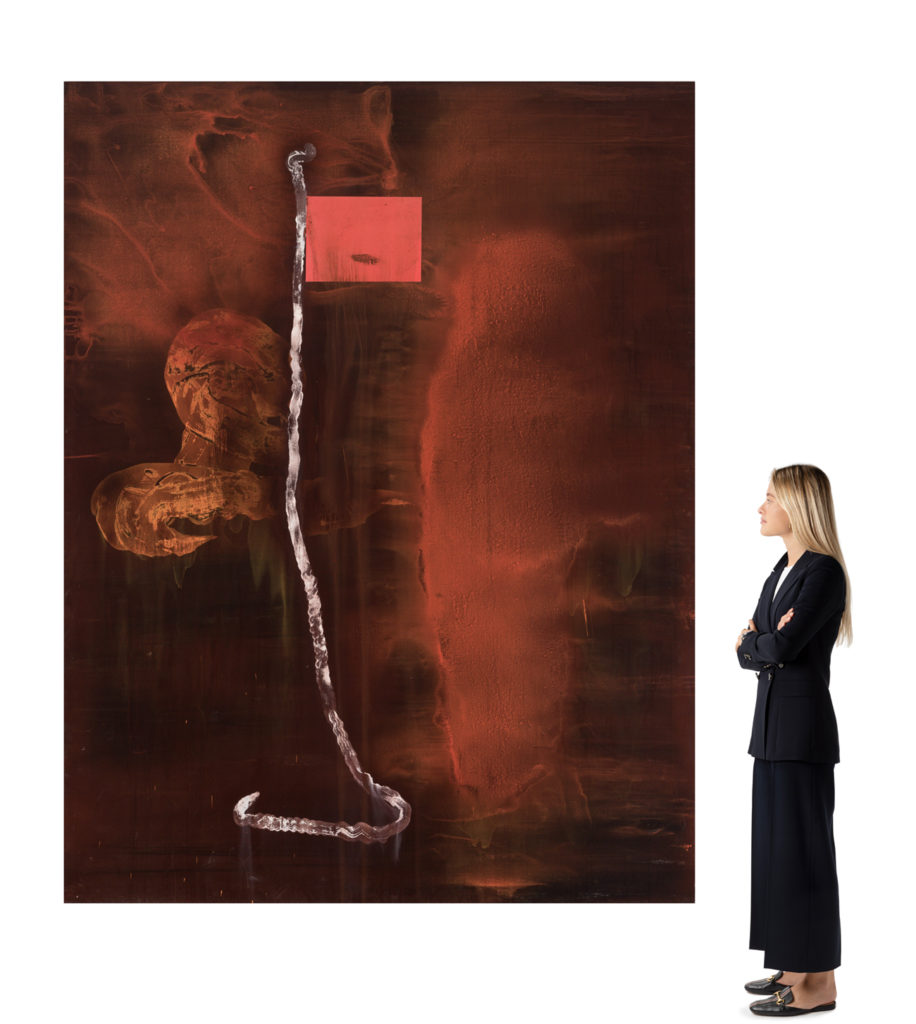The arrival of abstraction as a symbol of freedom.
The arrival of abstract art in Spain in the 1950s meant not only the adoption of a specific aesthetic, but also a critical stance against the autarky regime installed since the Franco dictatorship. The isolation to which the country was subjected was an almost insurmountable wall in the introduction of artistic practices that, since the emergence of the historical avant-gardes, completely dominated the artistic panorama outside our borders. Taking into account the subversive and often cryptic character of these new artistic expressions, it is not surprising that the Franco regime saw in them a threat to the traditional values in which, through academic and conservative art, they built the identity of the country. . Therefore, the triumph of abstraction in Spain, goes far beyond the purely plastic and aesthetic, symbolizing in it, the genesis of an illusion that defined a whole generation of artists who dreamed and fought to conquer freedom through the one that was his only and best weapon: art.
However, the road was not easy. Many of these artists saw in exile the only alternative to develop their work in freedom. After the civil war, practically the entire Generation of the Vanguard of 1950 fled to Paris, the United States or Italy in search of a future away from the academicism imposed by the institutions. Abroad, they were able to assimilate the diversity of plastic languages that, such as abstract expressionism, informalism f, futurism or Op art, aroused their desire to paint in freedom. However, far from limiting itself to pure imitation, we can trace in each one of them, an own stamp that, from El Greco, Ribera, Velázquez or Goya, bears the imprint of that essence that is both tragic and mystical, passionate and sober, with which historically the Spanish character is identified.
El Paso, Altamira, Trama, Grupo de Cuenca, Sílex, Pórtico or Gaur… In each of them the renewal of artistic practice in Spain materialized, forming an exciting symbiosis that emerged between the black and dramatic Spanish “veta brava” more expressionist, the structural rigor of constructivism and the gestural drive of informalism.

Thanks to all of them, the way was opened for later generations of artists who, like Broto, Uslé, Yturralde, and a long etcetera have maintained at the highest level the aesthetic and philosophical values of Spanish abstraction in its different aspects . We also owe them to have stripped ourselves of prejudices in order to learn to see, understand and love contemporary art with the same freedom and critical spirit with which they created it.
Artists as representative of Spanish abstraction as José Manuel Broto became the protagonists of our auction on April 27. His career is a constant commitment to color, where the spots and strokes flow on the canvas with a free spirituality full of lyricism. In works such as “Cuenca” belonging to his Parisian period, Broto will develop an increasingly refined and personal abstraction, in which the great chromatic fields are contrasted, with the verticality of the zigzagging line that is cut out on the background . The enigmatic and disturbing atmospheres in which it surrounds us, reflect the unfathomable nature of an interior landscape full of mysticism that, as in this case, will star in what is, without a doubt, one of its best stages.



